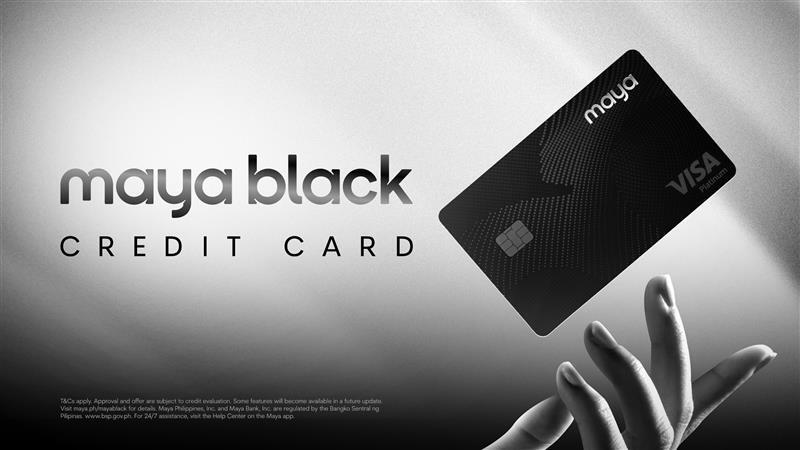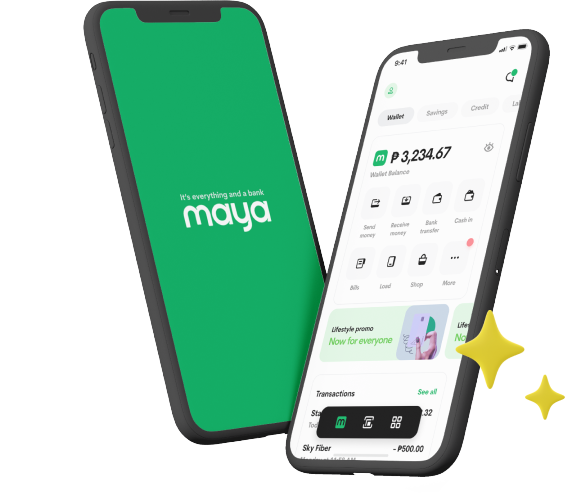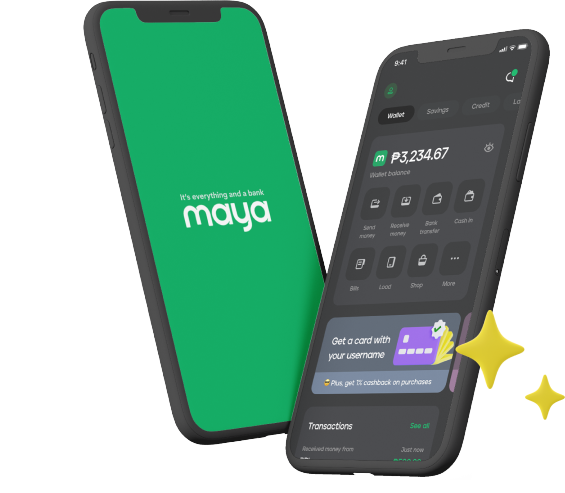Threat awareness is a significant part of enjoying safe and secure credit card transactions. By being aware of the security threats that you can encounter when using your credit card to pay for online and in-store purchases, you can easily identify and avoid unnecessary risks.
The good news is that modern credit cards are equipped with security features that you can take advantage of. The Landers Cashback Everywhere Credit Card, for instance, makes use of a dynamic CVV feature that better secures online credit card transactions. This code is only valid for 24 hours, and a new number is generated every time the card details are accessed in the app. As such, fraudsters won’t be able to reuse the card's information repeatedly even if they manage to obtain it. Understanding these safety features is just one of the steps to protect yourself from falling victim to security threats that target cardholders. You also need to familiarize yourself with common credit card security threats like the ones listed below:
1. Skimming
Skimming, which often occurs at ATMs and point-of-sale terminals, happens when an unauthorized device installed over the card reader copies your credit card information during a transaction. The stolen data is then used to make unauthorized purchases or create fake copies of your card. Protecting yourself from skimming activities requires vigilance and an observant eye. Before using a card reader, inspect it for unusual attachments that can be skimming devices. It also helps to choose dipping/inserting the card (EMV) or tapping the card (NFC) over swiping it, as these methods tend to be more secure.
2. Credit Card Theft
If your credit card falls into the wrong hands, it can be used for fraudulent transactions. Make sure, then, to protect your credit card against theft. Keep it secure and never leave it unattended. Also, monitor your transactions regularly and report lost or stolen cards to your bank immediately. Some credit cards, like the Landers Cashback Everywhere Credit Card, can be blocked immediately. In the event of a lost Maya credit card, you can freeze the card yourself through the Maya app so that it cannot be used for unauthorized payments.
3. BIN Attacks
As the name suggests, BIN attacks target the Bank Identification Number (BIN) on your card, which identifies your issuer and card type. Using automated tools, fraudsters guess valid card numbers based on the BIN and test these numbers for transactions. Getting hit by a BIN attack may seem like it’s completely by chance, but it’s still possible to protect yourself from it. You can do this by enabling transaction alerts, using fraud detection features offered by your issuer, and never sharing your card details with unverified parties.
4. Online Shopping Scams
Fake online stores and phishing sites are all too common in the digital age. By pretending to be legitimate stores, these sites trick you into entering your card details, which scammers then use for fraudulent transactions. These scams often take on the form of too-good-to-be-true deals or promotions. To avoid falling victim, shop only on trusted e-commerce platforms with secure “https://” connections. Before entering your card details, double-check that you’re on the retailer’s official website by verifying the URL. Also avoid clicking links from unsolicited emails or ads, and try not to type the website address directly into your browser because some fraudsters create fake websites with URLs that are nearly identical to legitimate ones. Often, these fake sites contain subtle misspellings or extra characters that could potentially snare those who misspell the merchant’s official URL or website.
5. Shoulder Surfing
One of the easiest ways to obtain sensitive information, shoulder surfing occurs when someone spies on you as you enter your PIN or card details. This can happen at physical locations like ATMs, checkout counters, or even when using your smartphone in public. It’s good practice to shield the keypad or screen with your hand and be discreet when entering sensitive information, especially when you’re in public places.
6. Phishing Attacks
Phishing scams come in the form of emails, texts, or calls that pretend to be from your bank or card issuer. Scammers often use urgency to spur their target into revealing your card details or PIN. Stay safe by never sharing sensitive information over email, text, or unsolicited calls. It’s a good idea to always verify suspicious messages directly with your bank through official contact channels to see if they’re from a legitimate representative or a fraudster.
7. Friendly Fraud
It’s also possible for someone you know, such as a friend or family member, to use your card details to their personal advantage. This is called friendly fraud, and if left unchecked, such charges can quickly escalate and lead to large debts. Prevent this by keeping your card in a secure place and being cautious about sharing your card details, even with people you trust.
8. Public Wi-Fi Attacks
When you use public Wi-Fi to make transactions, hackers can potentially intercept your data and steal your card information. Remember that public networks are often unsecured, making it easy for cybercriminals to access your sensitive details. As such, avoid entering card details over public Wi-Fi. If necessary, use a VPN to encrypt your connection for safer browsing.
Stay Safe with the Most Secure Credit Card
Aside from knowing how to ensure safe transactions with your credit card, it’s also important to ensure that the credit card you are using has all the necessary security features to protect you from common threats. In addition to the card’s dynamic CVV, the Landers Cashback Everywhere Credit Card can be controlled using the Maya app. From the app, you can freeze the card, tweak its spending limits, and monitor your transactions in real time. By maximizing these features and staying informed about common credit card security threats, you can enjoy the convenience of credit cards without worry.
You might also like
These Stories on Maya Bank





